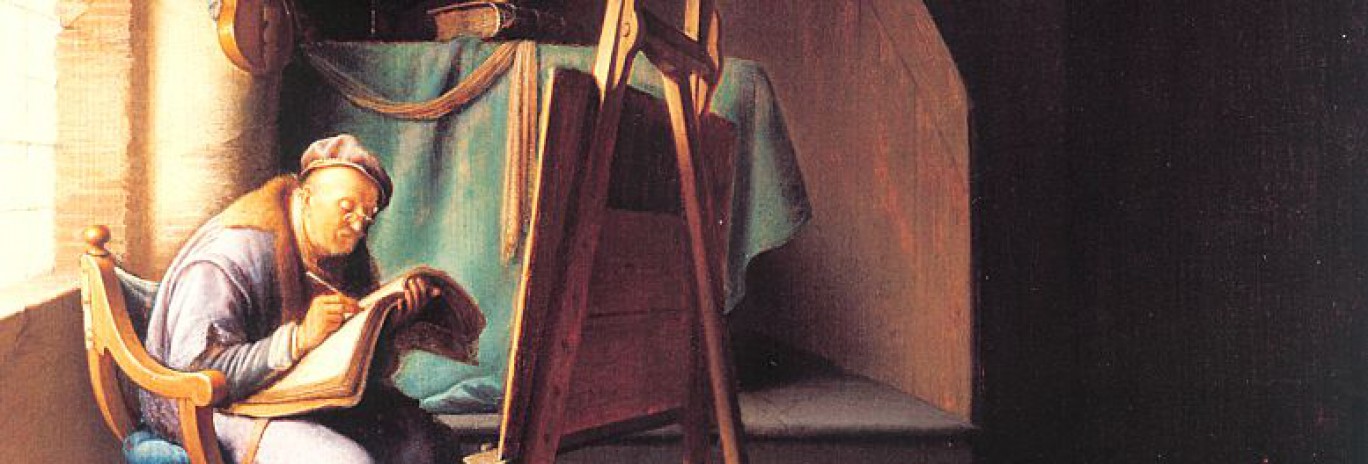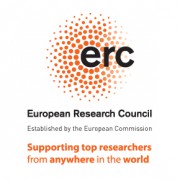News
Video online of workshop ‘The Art of Dyeing Silk’, Rijks Erfgoed Laboratorium
Colour reproductions of historical recipes and dialogue about practical skills – two-day workshop
Eight natural sources of red dye, namely brazilwood, madder, safflower, annatto, lac dye, American cochineal and kermes were used to dye silk with complex historical recipes. The main aim of the workshop was to offer participants a thorough understanding on the importance of examining and testing historical recipes, to understand the complexity and value that lay behind the colouring processes in the making of historical textiles. The workshop was given by researchers Ana Serrano, Art Néss Proaño Gaibor (RCE) and Jenny Boulboullé (Utrecht University, ERC Artechne Project), who have broad experience with recipe and reconstruction research, historical reproductions and dye procedures.
During the morning of the first day, participants were offered an extensive introduction to natural red dyes, historical recipes and old dyeing practices that span over two thousand years of human traditions. The analytical characterization of dyes and mordants in historical textiles was emphasized, along with the importance of carrying out historically informed reproductions and artificial ageing to further the understanding of the manufacture of coloured textiles and the slow decay of colours that conservators observe in objects from museum collections.
During the afternoon of day 1, participants worked in pairs to get acquainted with historical recipes and their complexity, while beginning to prepare and to mordant the silk for dyeing. During day 2, participants resumed their work, by dyeing the silk they had prepared the previous day. In the afternoon, the results obtained by all groups were thoroughly analysed and compared with colours exhibited by artificially-aged examples that were dyed at similar conditions, as well as with the colours shown by historical textiles. At the end of the day, participants were given the opportunity of building their own reference collection of dyed samples.


